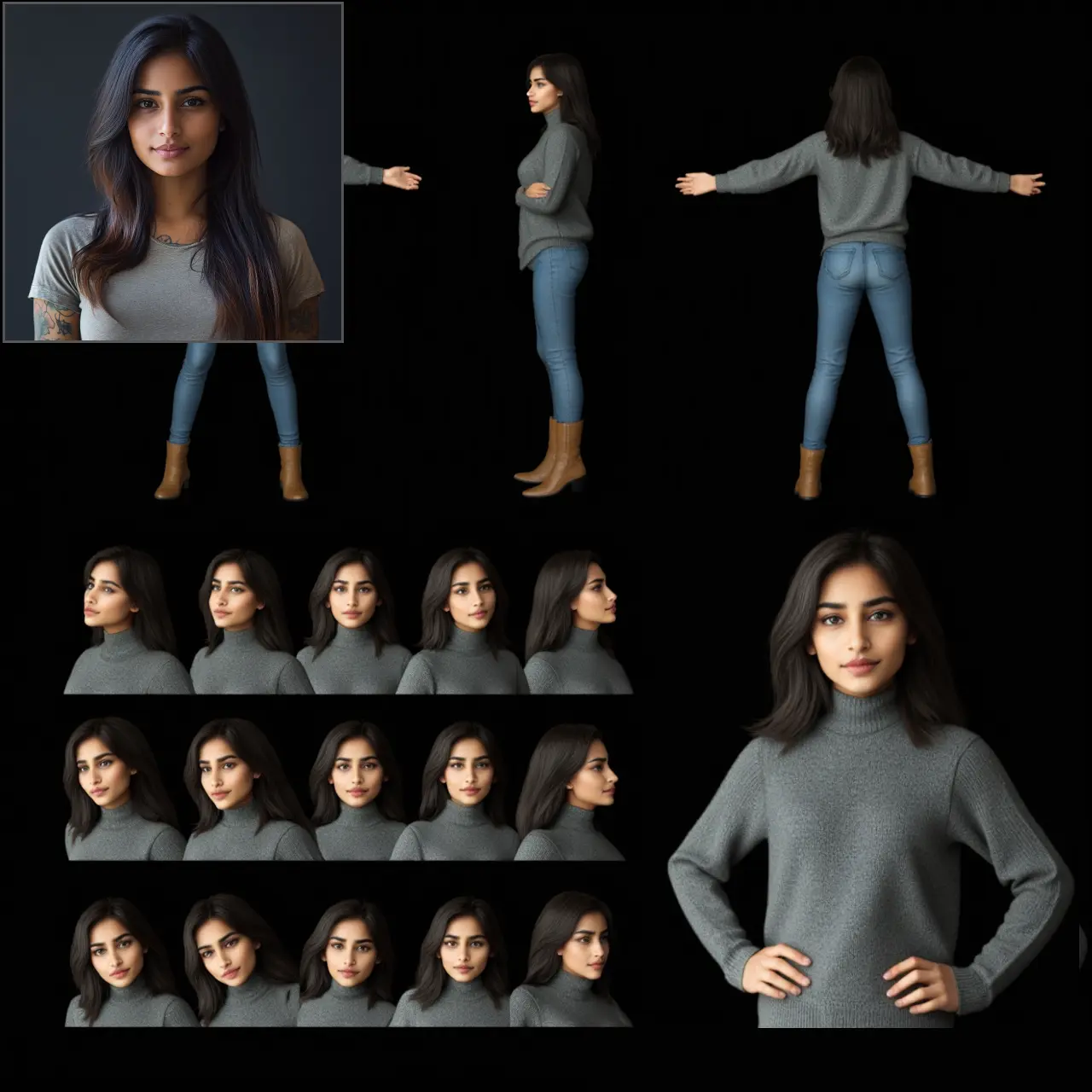ComfyUI Node: BlehLatentOps
BlehLatentOps
Categorylatent
blepping (Account age: 438days) Extension
ComfyUI-bleh Latest Updated
2025-03-20 Github Stars
0.09K
How to Install ComfyUI-bleh
Install this extension via the ComfyUI Manager by searching for ComfyUI-bleh- 1. Click the Manager button in the main menu
- 2. Select Custom Nodes Manager button
- 3. Enter ComfyUI-bleh in the search bar
Visit ComfyUI Online for ready-to-use ComfyUI environment
- Free trial available
- 16GB VRAM to 80GB VRAM GPU machines
- 400+ preloaded models/nodes
- Freedom to upload custom models/nodes
- 200+ ready-to-run workflows
- 100% private workspace with up to 200GB storage
- Dedicated Support
BlehLatentOps Description
Versatile node for manipulating latent samples with user-defined rules, ideal for AI artists seeking creative control.
BlehLatentOps:
BlehLatentOps is a versatile node designed to manipulate latent samples based on a set of user-defined rules. This node is particularly useful for AI artists who want to apply complex transformations or conditions to their latent data, enabling more creative and controlled outputs. By leveraging a rule-based system, BlehLatentOps allows you to define specific operations that should be applied to the latent samples, making it a powerful tool for fine-tuning and experimenting with latent space manipulations. The primary goal of this node is to provide a flexible and intuitive way to apply custom transformations, enhancing the creative possibilities in your AI art projects.
BlehLatentOps Input Parameters:
samples
samples is the primary input parameter that takes in the latent data you wish to manipulate. This data is typically a multi-dimensional tensor representing the latent space of your model. The function of this parameter is to provide the raw material upon which the rules will be applied. The impact of this parameter on the node's execution is significant, as it determines the initial state of the latent data before any transformations are applied.
rules
rules is a string parameter that allows you to define a set of operations or conditions in a YAML format. This parameter supports multiline input, making it easier to write complex rules. The function of this parameter is to specify the transformations that should be applied to the latent samples. The impact of this parameter is crucial, as it dictates the nature and extent of the modifications made to the latent data. If the rules string is empty, the node will simply return the original samples without any changes.
BlehLatentOps Output Parameters:
LATENT
The output parameter LATENT represents the transformed latent samples after the specified rules have been applied. This output is crucial for understanding the effects of the transformations and for further processing or visualization. The interpretation of this output is straightforward: it is the modified version of the input latent samples, reflecting the changes dictated by the rules.
BlehLatentOps Usage Tips:
- To get the most out of BlehLatentOps, start by defining simple rules and gradually increase their complexity as you become more comfortable with the YAML format.
- Use the
rulesparameter to experiment with different transformations, such as scaling, rotating, or blending latent samples, to discover new and interesting effects. - Make sure to validate your rules to avoid syntax errors, as incorrect YAML formatting can lead to unexpected results or node failures.
BlehLatentOps Common Errors and Solutions:
"Invalid YAML format in rules"
- Explanation: This error occurs when the
rulesstring is not properly formatted in YAML. - Solution: Double-check your YAML syntax and ensure that all indentation and structure are correct.
"KeyError: 'samples'"
- Explanation: This error happens when the input
samplesparameter is missing or incorrectly specified. - Solution: Ensure that the
samplesparameter is correctly provided and contains valid latent data.
"Rule evaluation failed"
- Explanation: This error indicates that one or more rules could not be applied to the latent samples.
- Solution: Review the rules to ensure they are valid and applicable to the given latent data. Check for any logical errors or unsupported operations in the rules.
BlehLatentOps Related Nodes
RunComfy is the premier ComfyUI platform, offering ComfyUI online environment and services, along with ComfyUI workflows featuring stunning visuals. RunComfy also provides AI Models, enabling artists to harness the latest AI tools to create incredible art.



